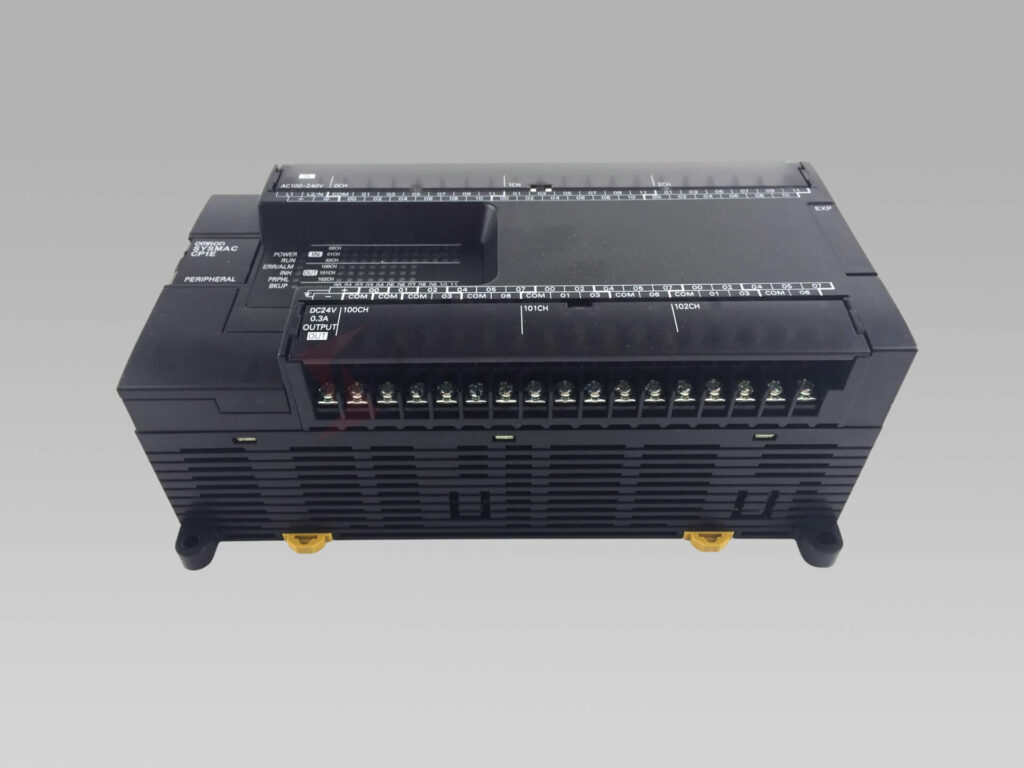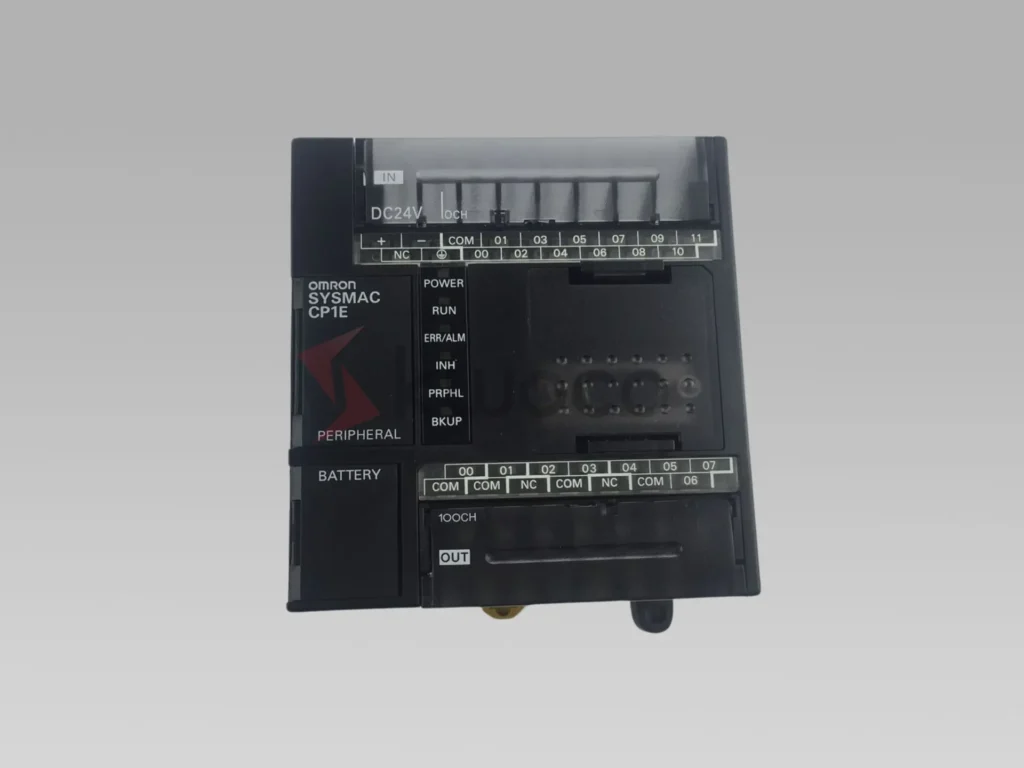What Are the Three Types of PLC?
- kwoco-plc.com
- August 21, 2024
- 6:31 am
When choosing the right PLC (Programmable Logic Controller) for your application, understanding the different types of outputs is crucial. But with so many options, how do you decide which one fits best? Let’s dive into the three main types of PLC outputs to help you make an informed choice.
PLC outputs can be broadly classified into three types: relay, transistor, and triac outputs. Each type has its strengths and weaknesses, depending on your specific needs and environment. Whether you’re new to PLCs or looking to optimize your setup, knowing these differences will put you ahead in the game.
Table of Contents
Choosing the wrong type of output can lead to inefficiencies or even damage to your equipment. That’s why it’s essential to match the output type with your application’s demands. Let’s explore each of these types in detail.
What is a Relay Output and When Should You Use It?
Relay outputs are the most common and versatile type of PLC output. They are essentially electromechanical switches that can control a wide variety of loads. If your application involves switching different types of loads—AC, DC, resistive, or inductive—a relay output might be your best bet.
Relays are robust and can handle high current loads, making them ideal for applications requiring heavy-duty switching. However, the mechanical nature of relays means they have a slower response time and a limited lifespan due to wear and tear.
While relays are reliable, they are not suitable for applications that require rapid switching. In such cases, you might want to consider a different type of output.
What is a Transistor Output, and Why is it Better for High-Speed Applications?
Transistor outputs are solid-state devices, meaning they have no moving parts. This makes them faster and more durable than relay outputs. They are typically used in applications that require high-speed switching and where the loads are DC, such as in motor control or light automation systems.
Transistor outputs offer high speed, long life, and no mechanical wear. But they do have their limitations. They can only switch DC loads and typically handle lower current levels than relay outputs.
If your application involves switching DC loads rapidly, a transistor output is likely your best option. However, if you need to control AC loads or higher currents, you may need to look elsewhere.
What is a Triac Output, and When is it the Best Choice?
Triac outputs are designed for switching AC loads. They are also solid-state devices like transistors, but they are specifically tailored for controlling AC loads, making them ideal for applications involving AC motors, lighting, or heating elements.
Triacs are great for controlling AC loads with smooth and quiet operation, ideal for environments where noise reduction is important. However, they are less versatile than relays and transistors as they can only handle AC loads.
While triac outputs are efficient for AC loads, they are not suitable for DC applications. If your system involves a mix of AC and DC loads, you may need to combine different types of outputs or opt for a relay output instead.
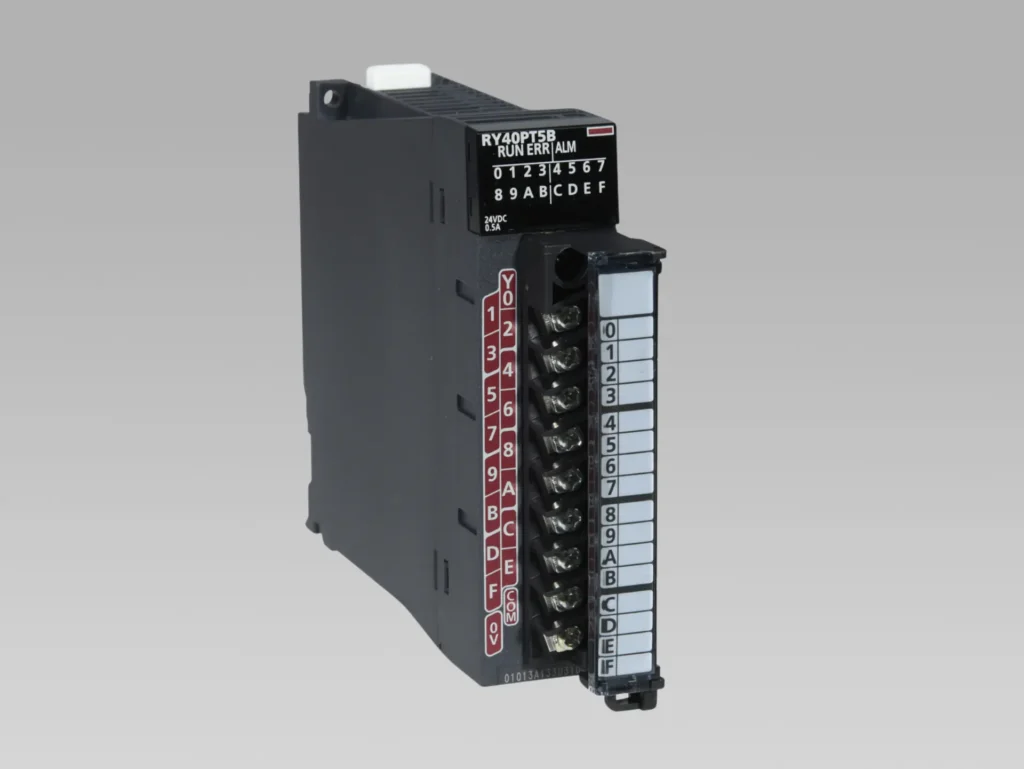
How to Decide Which PLC Output is Best for You?
So, how do you decide between these three types of outputs? The answer lies in your specific application needs. Consider the type of load you need to control, the required switching speed, and the operational environment.
For heavy-duty switching or mixed AC/DC loads, relay outputs are often the most reliable option. For high-speed DC applications, transistor outputs provide the durability and speed you need. For AC-specific applications where noise reduction and smooth operation are crucial, triac outputs are your go-to.
It’s also important to think about future scalability. If you foresee changes in your application or load types, choosing a PLC with multiple output options might be the best way to future-proof your system.
More Questions to Consider Before Making Your Decision
These questions will guide you in selecting the right PLC output for your specific needs.
Kwoco stocks brand new Omron, Mitsubishi, and Schneider PLCs. Ready to ship.
Conclusion
Choosing the right type of PLC output can make or break your automation project. By understanding the strengths and limitations of relay, transistor, and triac outputs, you can ensure that your PLC system operates efficiently and reliably. Always consider your specific application requirements and think ahead to future needs to make the best decision.
Contact Us
Just fill out your name, email address, and a brief description of your inquiry in this form. We will contact you within 24 hours.
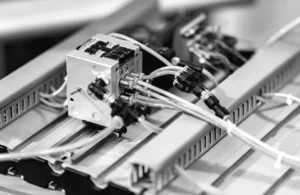
Why Your PLC Needs a Separate Power Supply
Why Your PLC Needs a Separate Power Supply Have you ever wondered why PLC systems often require a separate power
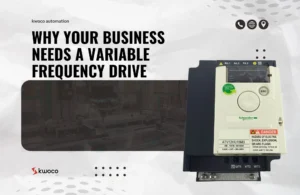
Why Your Business Needs a Variable Frequency Drive
Why Your Business Needs a Variable Frequency Drive When managing industrial operations, optimizing energy efficiency while maintaining performance is crucial.

Why Signal Isolation is Crucial for Omron PLCs?
Why Signal Isolation is Crucial for Omron PLCs? In the world of industrial automation, signal interference is a silent killer.

